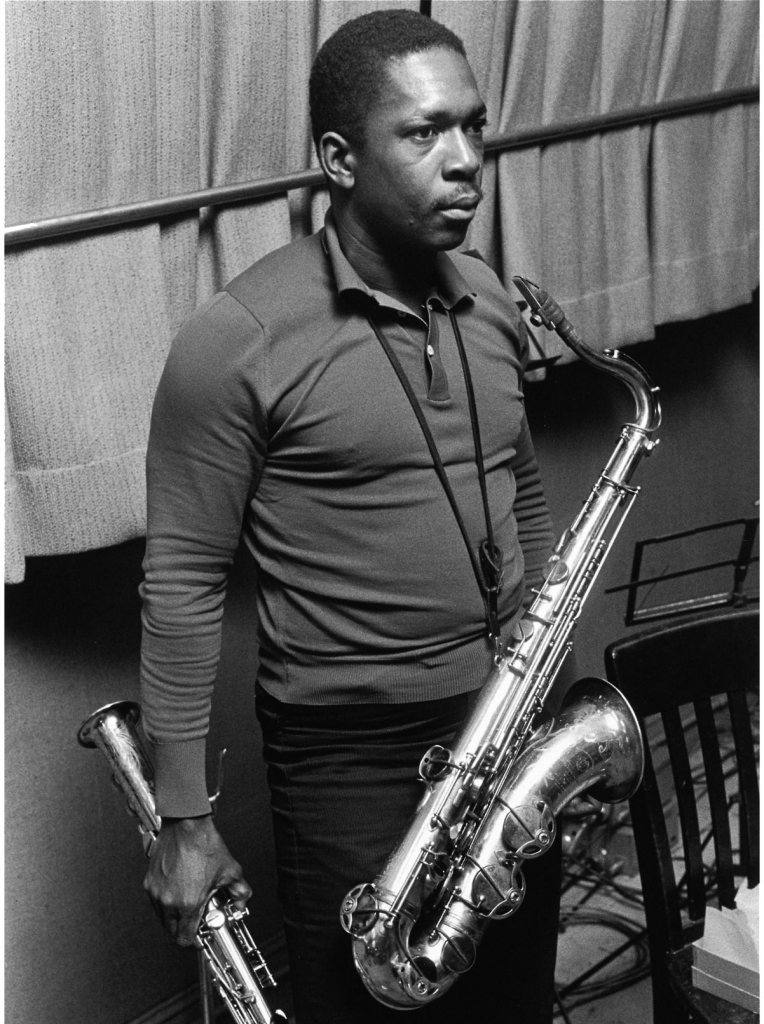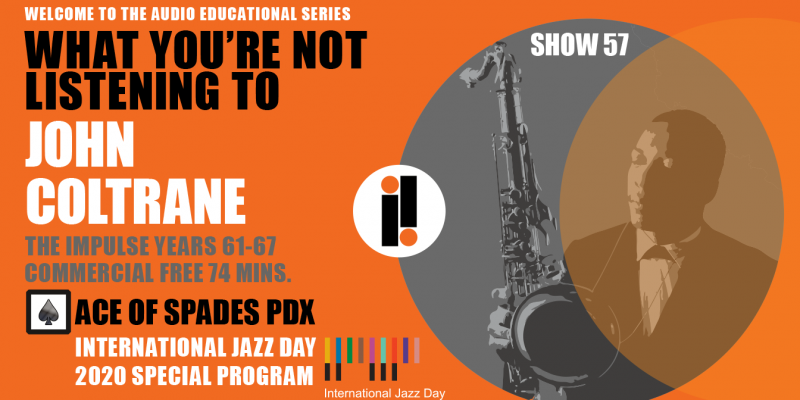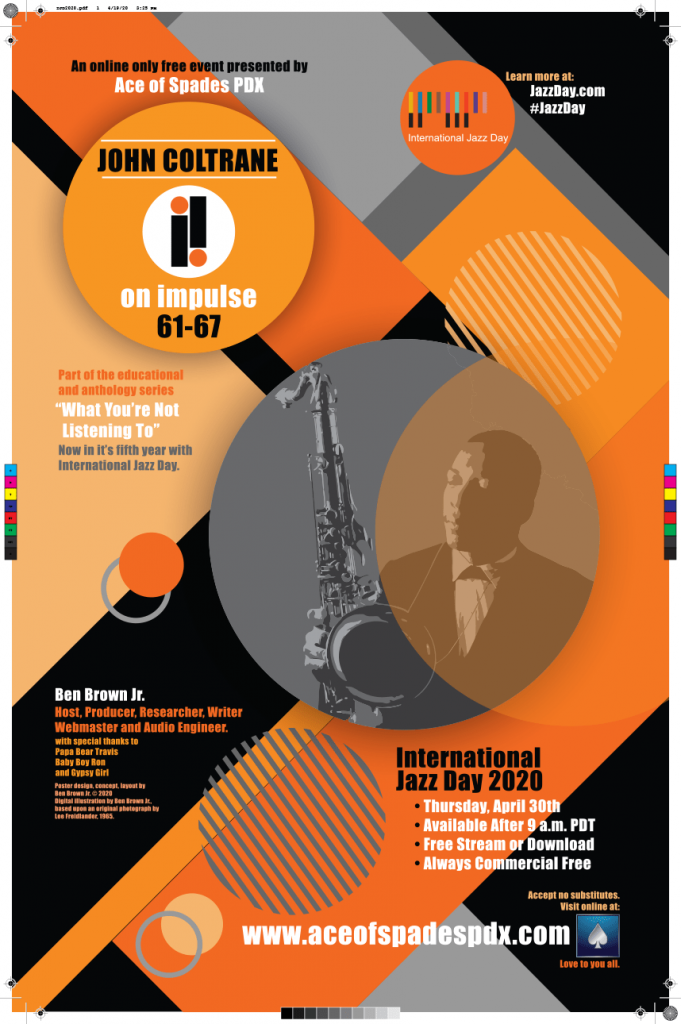Podcast: Play in new window | Download | Embed
A brief overview of the final years of a legend gone far too soon. #JazzDay #IJD2020 #Coltrane #Jazz #JazzDayAtHome
What do you do when you have just played on two of the most lauded albums in history, ride a wave of several new movements and even sell records in a way Jazz artists had not done since the 1920’s? You start all over again with fresh ideas and new concepts, furthering your development as an artist with something to say even if the critics who initially supported you had no clue what you were trying to prove.

This is what you do, of course, if you’re John Coltrane, who left a brief but highly influential period with top selling Jazz titles for Atlantic Records and moved to a newly formed label specializing in nothing but Jazz, Impulse Records, in 1961.
“I’ve found you’ve got to look back at the old things and see them in a new light.”
John Coltrane
Just before recording Miles Davis’s Kind of Blue as a sideman and Giant Steps on Atlantic with his own band, the man known as John William Coltrane had recently rid himself of two major problems in his life, heroin and alcohol.
Coltrane was given not just creative control by the label, he also recorded albums that went against the current trends as well, including ballads, love songs and releasing an almost retro-sounding LP with Duke Ellington. According to statements made by him, he wished to have a diverse catalog, not just a bunch of releases people believed they should pigeon-hole him in.
It was during this time at Impulse that Coltrane was slowly becoming more aligned to his seemingly diverse spiritual beliefs and recorded yet another landmark album, A Love Supreme, which was released in 1965 and was selling three times his normal quota per album at that time. It is considered by many critics to be his masterwork
We will never know what new thing Coltrane would have planned before the end of the 1960’s. He died in the fall of 1967 of liver cancer. He was just 40 years old, and his death came as a shock to many, as he didn’t publicly disclose his condition, even to many of his closest friends, or appear in public in a state of physical distress.

Among the most awesome parts of his legacy: Coltrane’s life, art and spirituality made him more than just one of the great Jazz musicians of all time; he is actually revered as a Saint in a real church in San Francisco.
First Part
- Acknowledgement, recorded 1964/released 1965, A Love Supreme
- Big Nick, 1962, Duke Ellington & John Coltrane
- They Say It’s Wonderful, 1962, John Coltrane & Johnny Hartman
- Nature Boy, 1965, The John Coltrane Quartet Plays
Second Part
- Afro-Blue (live), recorded 1965/released 2005, Live at the Half Note: One Down, One Up
- All Or Nothing At All, recorded 1961 and 1962/released 1963, Ballads
- Alabama, 1963, Live At Birdland
Finale
- Kulu Se Mama, recorded 1965/released 1967, Kulu Se Mama
Love to you all.
Ben “Daddy Ben Bear” Brown Jr.
Host, Producer, Audio Engineer, Webmaster, Researcher and Writer
Visit International Jazz Day Online
Website: www.jazzday.com
Hashtag: #Jazzday
Twitter: @jazzday
“Copyright Disclaimer Under Section 107 of the Copyright Act 1976, allowance is made for ‘fair use’ for purposes such as criticism, comment, news reporting, teaching, scholarship, and research. Fair use is a use permitted by copyright statute that might otherwise be infringing. Non-profit, educational or personal use tips the balance in favor of fair use.”

